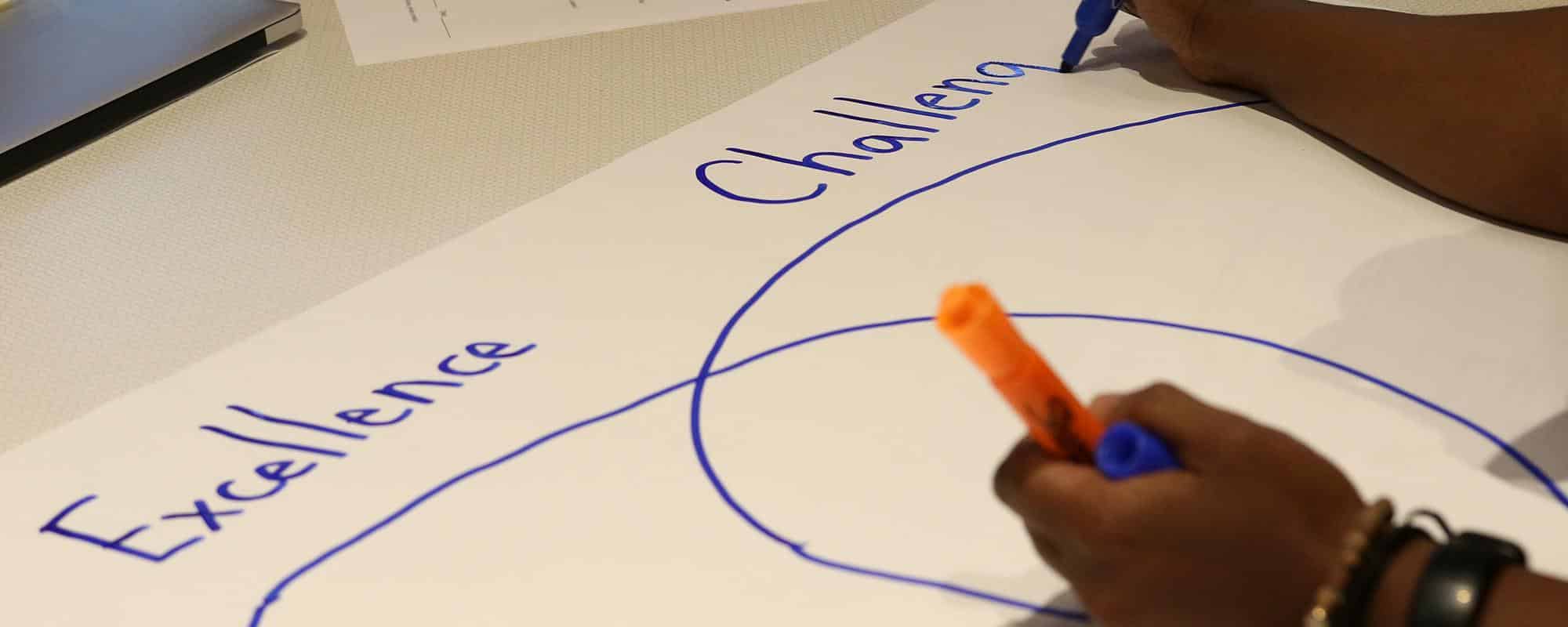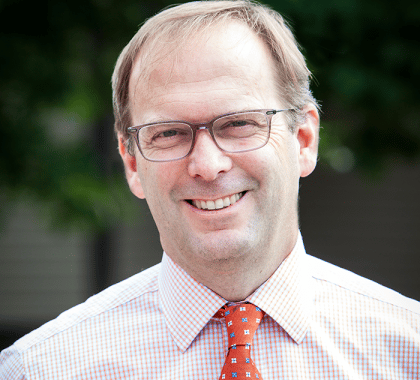During August faculty meetings, there were two key priorities as we welcomed new faculty and reckoned with fully reopening campus: transmitting school culture and setting the visible standard of excellence for our students. The first part of our time together was dedicated to understanding one another and learning about or relearning the recipe of Belmont Day’s secret sauce—our school community.
Together, the faculty investigated their strengths using Gardner’s theory of multiple intelligences. In small group sessions, we discussed how our connectedness as a faculty and community results in a whole far greater than the sum of its many parts. We engaged with the question, what do we stand for as an institution, and found part of the answer in the second half of the week as we articulated the meaning of excellence as one of our six core values.
Informed by feedback from last year’s parent survey, we sought to understand the relationship between the excellence of a student’s experience throughout their journey at Belmont Day and the challenge promised in our mission. Where in that Venn diagram of a student’s experience do we see excellence and challenge overlap, and in the overlay, where do we find the rigor that often explains the intersection?
These conversations yielded two critical results (among many others): first, by articulating our common purpose—the students—through the frame of the mission, we continue to construct community. Second, we honed our definition of rigor for our students.
We have learned through research that more—more homework, more tests, more grind—can be mistaken for rigor. I would offer that such a definition may hearken back to our own elementary and high school experiences when the grind was the metric by which success was measured.
Our Venn diagrams revealed that where excellence and challenge intersect, there are fundamental consistencies: problem-solving, critical thinking, creation (notably different from creativity) of something authentic, and effective communication, verbal or written, about what has been created. Even more compelling: this notion of excellence and challenge cut across every facet of our school—lower school, middle school, arts, athletics, buildings and grounds, kitchen, admissions, development, and on and on.
This year, our goal will be to make our themes clear: cultivating community and making excellence visible. August meetings provided a compelling start to that effort.

